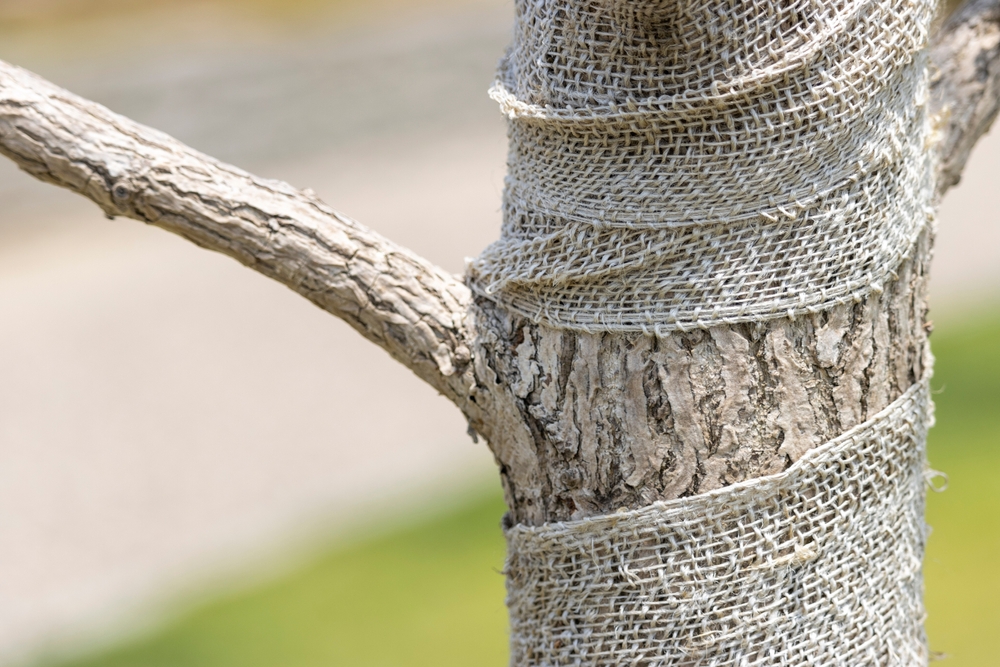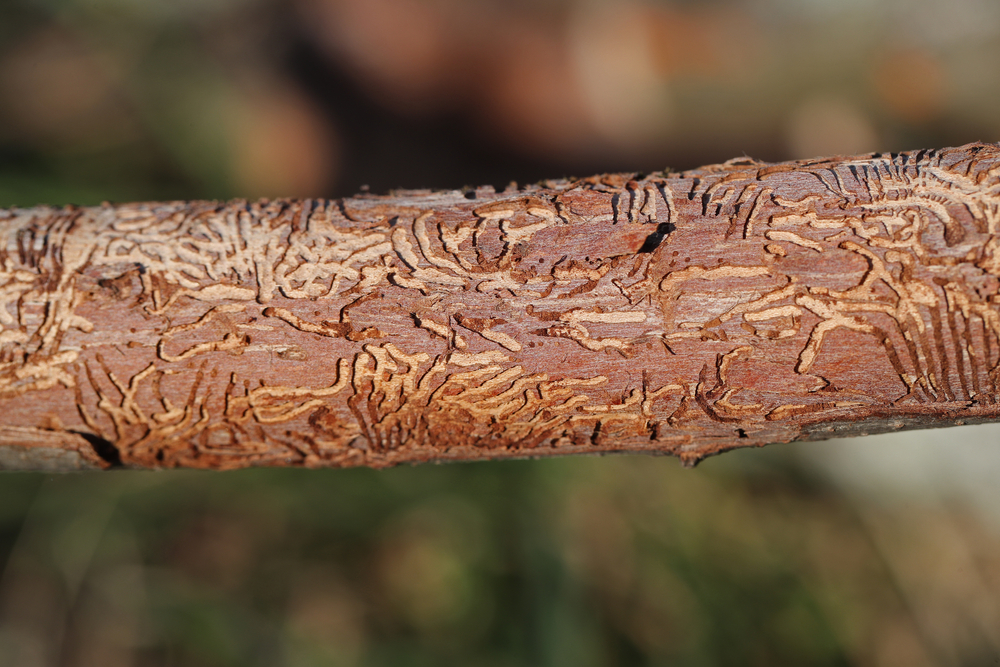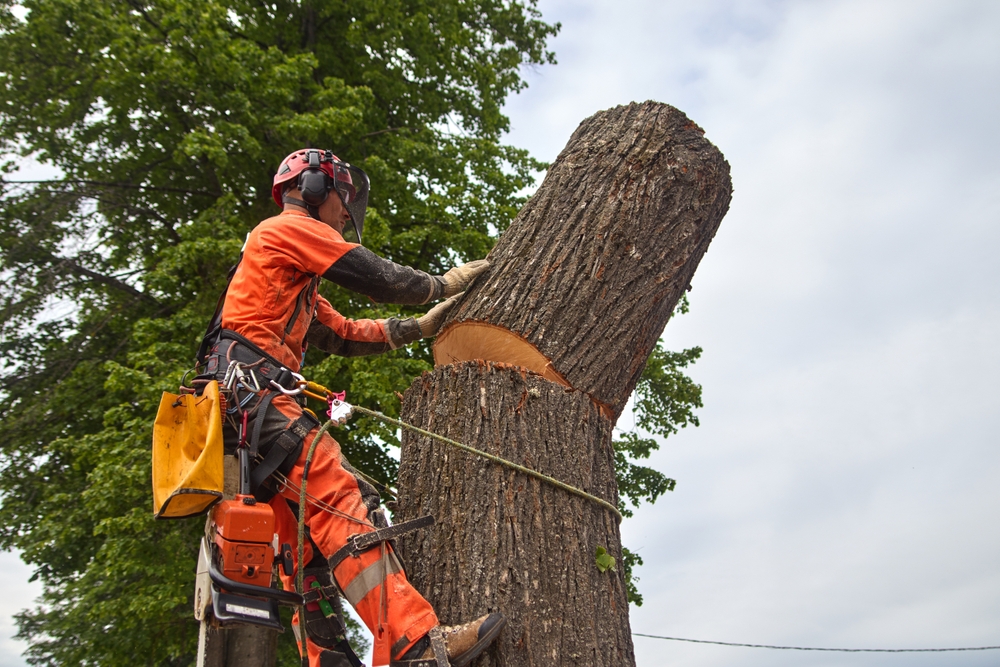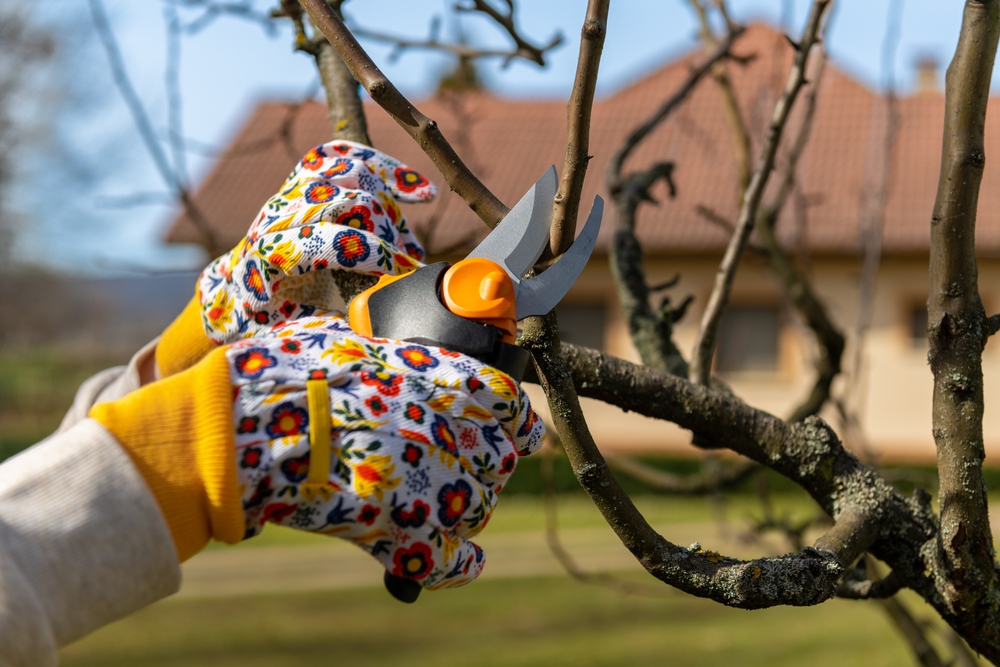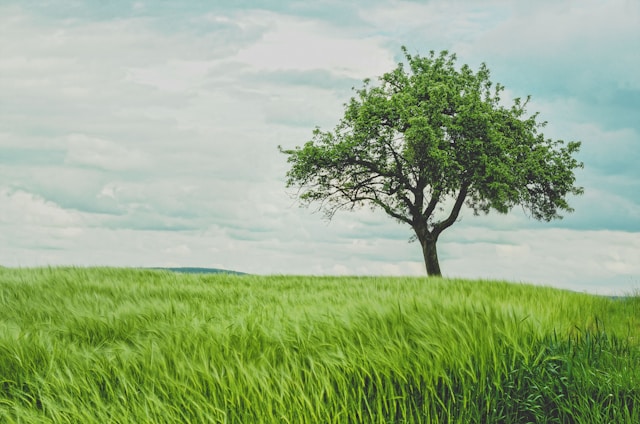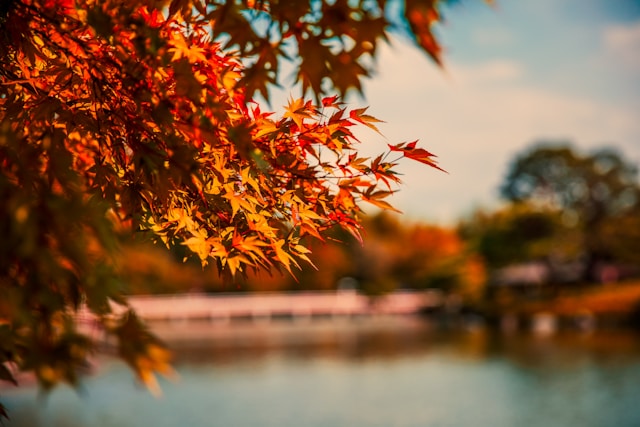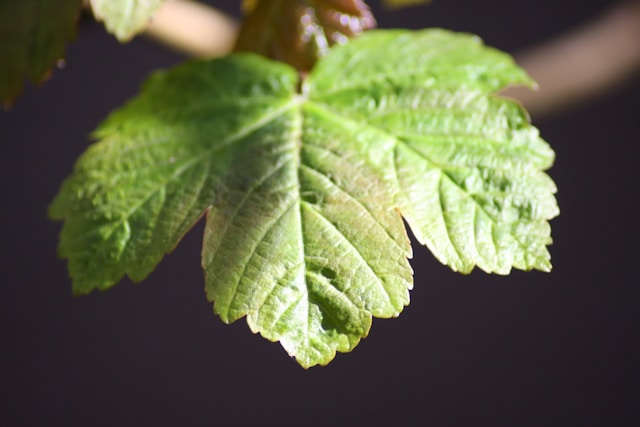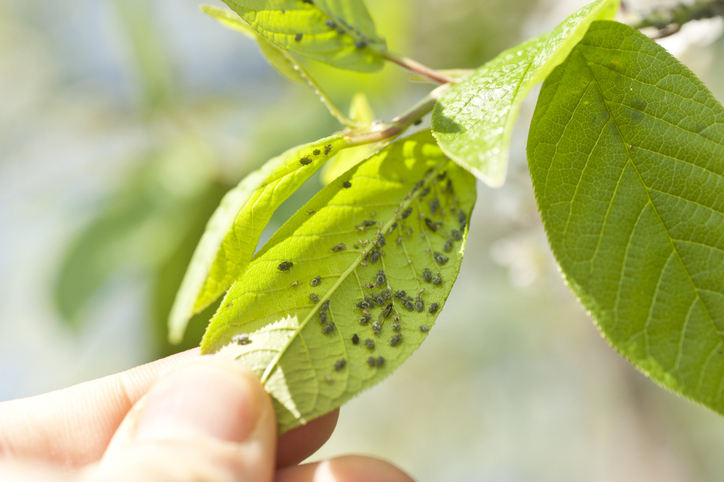What is the Emerald Ash Borer (EAB) and what does it do?
EAB is a wood boring insect that was accidentally transported from Asia; EAB was first discovered in 2002 in southeastern Michigan and Windsor, Ontario. It infests and kills North American ash species (Fraxinus sp.) including green, white, black and blue ash, and their cultivars. The larval stage of EAB feeds under the bark of ash trees, cutting off the flow of water and nutrients. Infested trees gradually die over a 2–5-year period.
Why should we care? How serious is this?
EAB infestation is fatal to healthy ash trees unless treated. Infested trees will decline from the top tree canopy down and will be dead in approximately 2 to 5 years if not treated, even if the trees were healthy before being attacked by EAB. Ash is a very common tree in many if not all Colorado communities. In Michigan, the first infested state in the U.S, the greatest economic impact has been on communities faced with the removal of thousands of dead ash trees. Many of these dead trees pose significant public safety hazards, liability, and require more expensive removal techniques as a result.
How close is EAB to your property?
EAB was recently discovered in Littleton, CO as of 2023. Please refer to https://www.aphis.usda.gov/aphis/maps/plant-health/eab-storymap for current EAB locations and an abundance of additional information.
Symptoms
EAB-Infested ash trees may have woodpecker holes/damage, bark splits, thinning canopy, D shaped exit holes in bark, and sprouts at the base of the tree. Please visit https://extension.colostate.edu/topic-areas/insects/emerald-ash-borer-resources/ for more information.
Treatment Options
Treatment requires a long-term commitment- You can help protect your ash trees with a variety of systemic insecticide applications. Treatments may be needed for the rest of the tree’s life. Trees have been saved with treatments in infested areas of the Mid-West, but there is not a 100% guarantee with any treatment. There is better evidence of control with trunk injection applications than soil applied applications.
Timing is everything- American Arbor Care’s first level of approach is either a soil injection or a trunk injection depending on the size of the tree. If the tree is under 8” in diameter at breast height we will soil inject, if it is over 8” in diameter we will trunk inject. Soil injections are most effective when applied in March/April, and trunk injections are most effective when applied in May/June. The price for all levels of treatment depends on the tree size.
Remove and replace ash trees on your property- It may be more cost effective to replace a small or struggling ash tree than to pay the cost of ongoing treatments. In addition, trees in poor health are not likely to respond well to treatments.
Which trees should we try to save? Ash trees that are worth treating are healthy and vigorously growing with more than 30-50% of their leaves, enhance the landscape, or are valued by homeowners. Trees that should not be treated are weak/unhealthy ash, planted in poor sites, are not important to the landscape, and those showing signs of EAB infestation.
What can you do to help? Please share this information with your friends, family and property owners. The goal is to get as much information out there so our clients can make informed decisions.
Contact the tree care professionals at American Arbor Care. We have certified arborists on staff. We retain all the required licenses, insurance and qualifications necessary from the State Department of Agriculture to apply pesticides, etc. We are available to answer your questions and concerns surrounding this pest or any other issue surrounding your landscape. Contact us for EAB treatment today.


